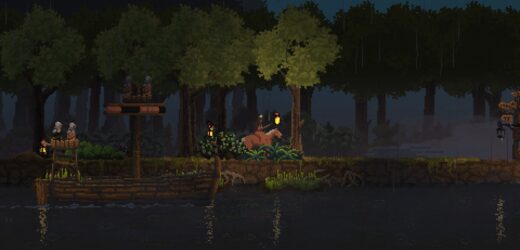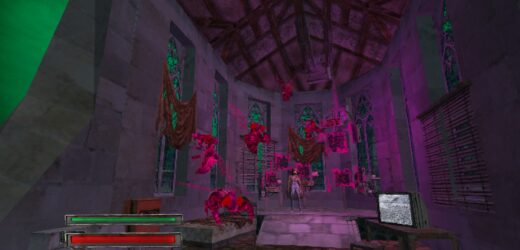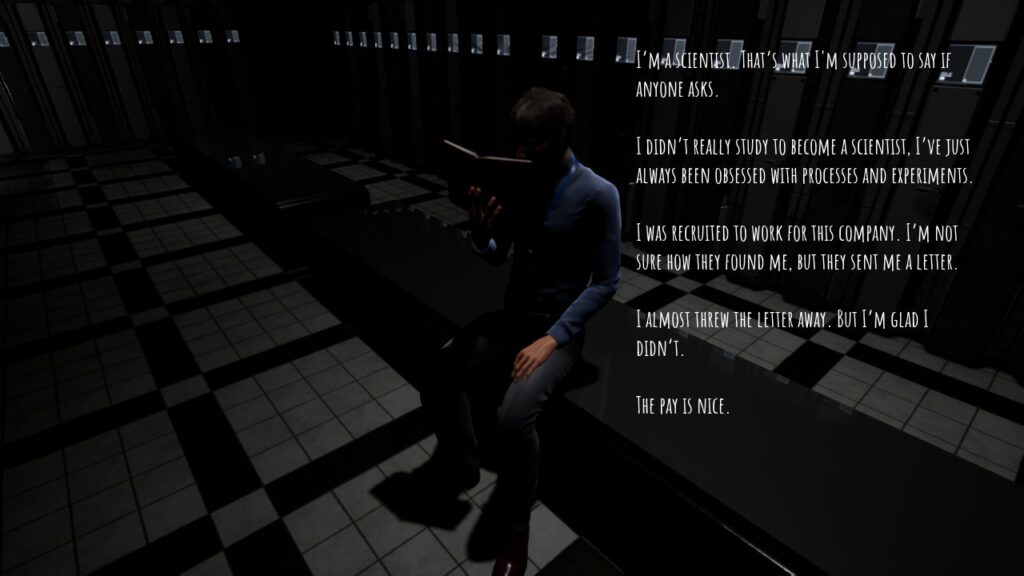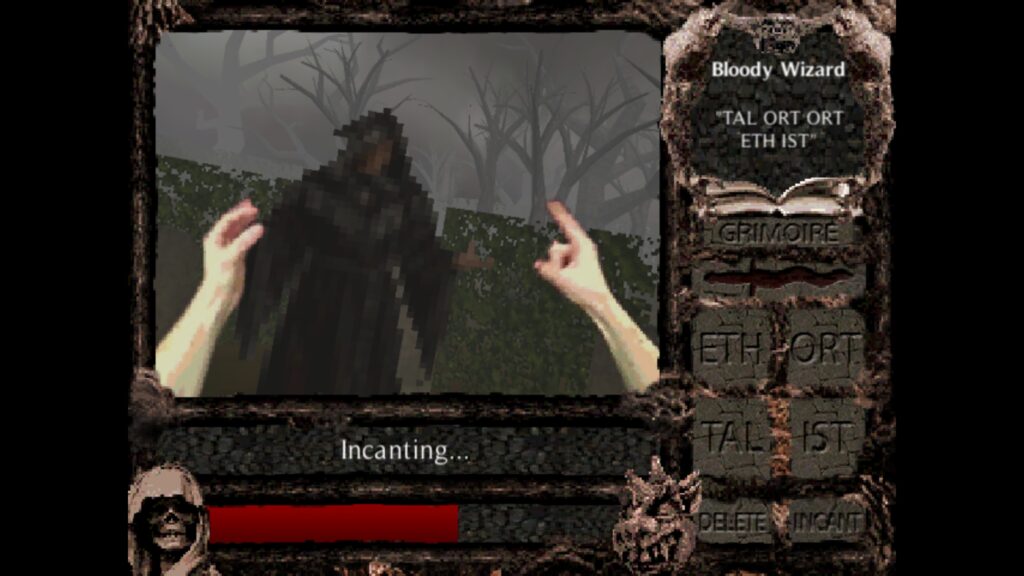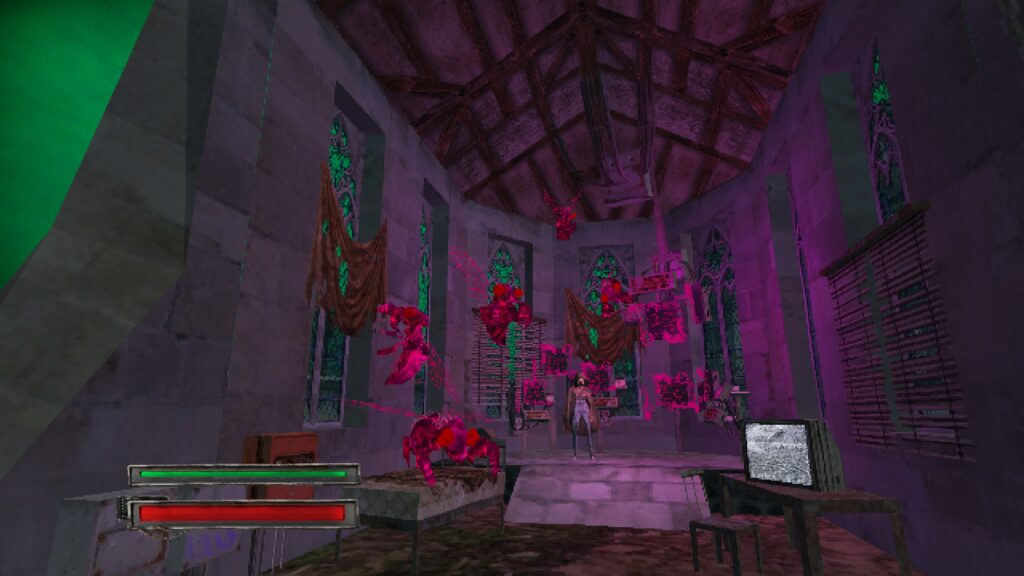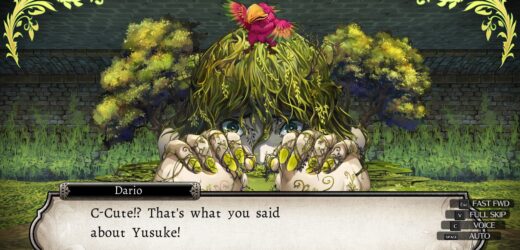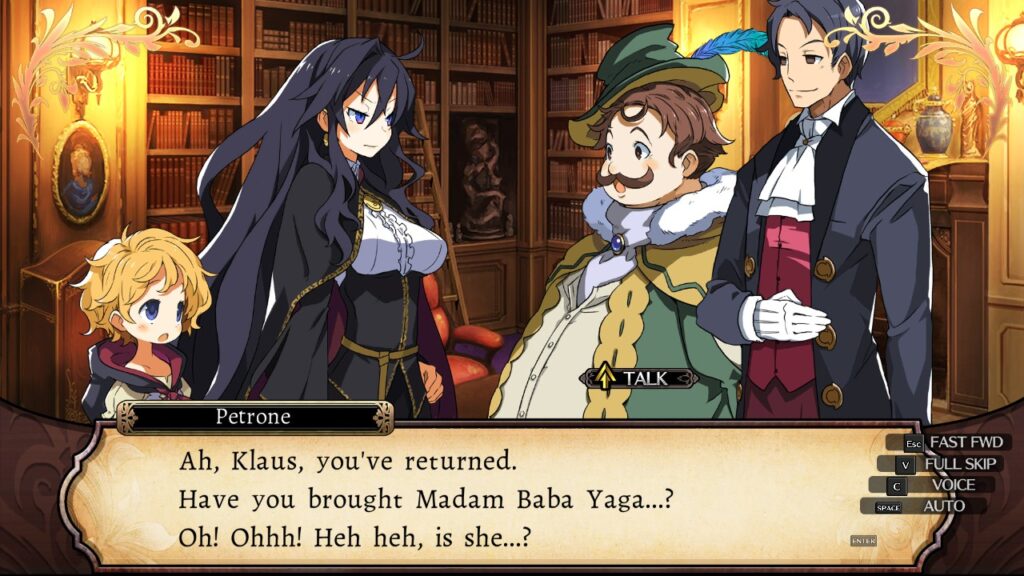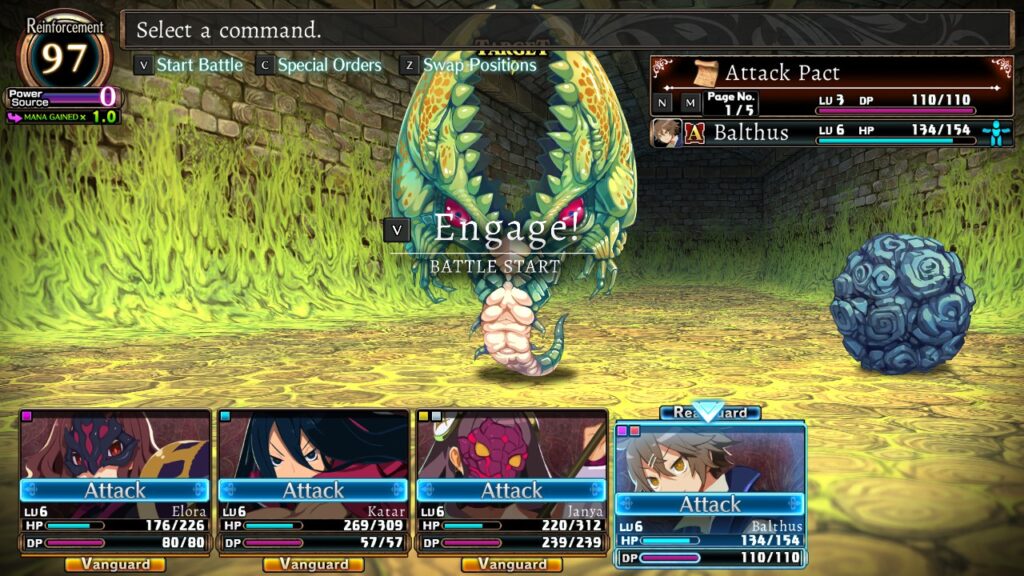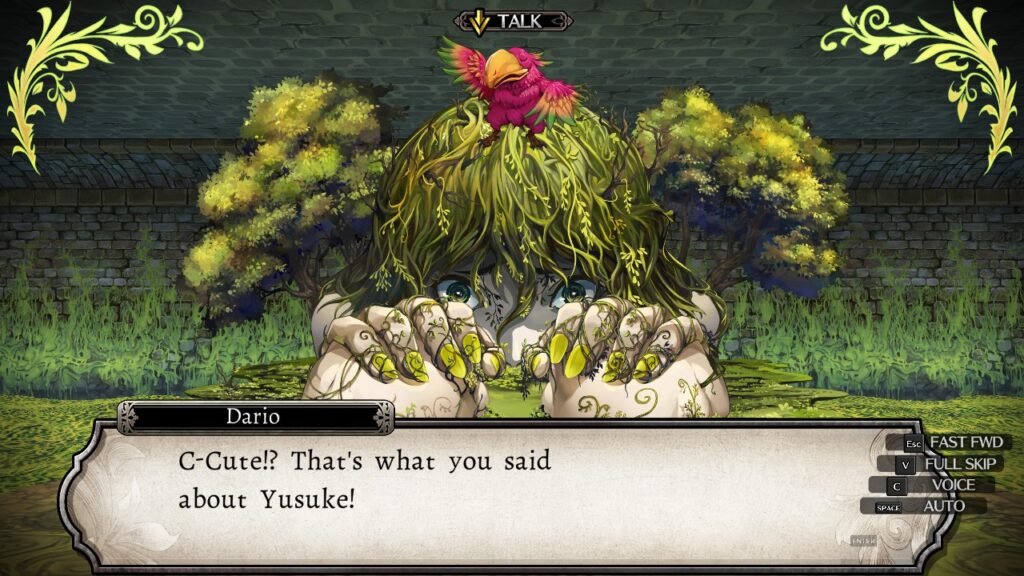Wintermoor Tactics Club (Review)

Source: Cashmoneys
Price: £11.39 (£6.39 OST)
Where To Get It: Steam
Our hobbies don’t define us… But they sure as hell can bring us together, and tell others things about ourselves. I love art, and roleplaying, and generally, creative stuff. I love writing these reviews, and being critical and informative as best I can. And clubs… That’s where many people had their formative experiences, for good or for ill. Finding belonging, or exclusion, finding friends, ideas… Sharing.

But what if, for some completely arbitrary reason, that club was shut down? How would that make you feel? Even if there was a reason, even if you didn’t lose the friends you made from those clubs, you would have less of a chance, less time to share that love of your hobby with your friends. And all because of something arbitrary.
And this, in a sense, is the core conflict of the Wintermoor Tactics Club, where the principal, for some unknown reason, begins holding a snowball contest between all the clubs of the school. The stakes? The club that loses each battle gets shut down. For good. All to find… The Ultimate Club. The Club of Clubs.

There is a reason for it, but, for the majority of the game, it’s going to feel arbitrary as hell, and corny when you do get there. Well played corny, with good writing… But even as a tabletop player who’s played some corny scenarios… Corny.
Anyways, yes, power of friendship, power of shared interests, a theme of tabletop tactics, because our protagonists are the members of the Wintermoor Tactics Club (plus folks who join the club after defeats, for various reasons), and the game is a cool hybrid of point and click adventure, visual novel, and turn based strategy. When you’re outside of battles, you do quests, talk to people, look at items for often humorous dialogue (love the library!), and progress the story in some fashion or another. And then… The battles. They’re all turn based and tactical, usually with three or four characters (sometimes more or less), but sometimes, they’re snowball fights, sometimes, they’re adventures to help the characters think, or to bring someone new to the group, sometimes, they’re progressing a character’s adventure to give them swanky new abilities. It’s solid stuff!

Some of them are challenge maps with fixed stuff, which I know is a turn off for some folks, but, overall, it’s got give in how you play and which characters you use.
Aesthetically, I love it. Solid, cartoonish and expressive artwork, fitting and, in places, quite stirring music, a good, clear UX with solid text sizes and easy tooltips… And, as mentioned, some pretty solid writing, with very little tonal whiplash. When things get heavy, they get heavy. When things are meant to be light… You get the picture.
This is a solid game. It’s not a hugely long game, but it doesn’t need to be. I’d rather have something like this, tight, well written, and with elegance, over some bloated, over or underdesigned monstrosity. Turn based strategy newbies may well have a good time with this one, as it’s a nice, gentle introduction to the genre, with a good difficulty curve, and giving you useful information, such as who is going to attack who and why. Which is something you can exploit.
The Mad Welshman does 2 Psychic Damage for a nerdy tabletop reference. It may inflict confusion, or do extra damage if you are weak to Nerd.




